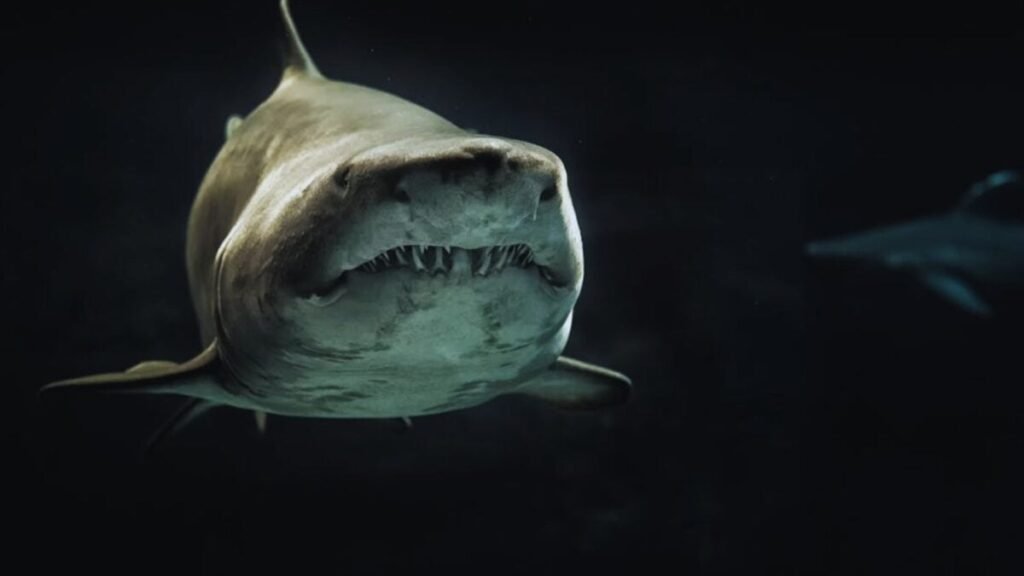Sharks did not always dominate the marine environment: Unveiling a covert narrative spanning 200 million years beneath the ocean’s depths.

When examining the evolution of sharks, it is evident that their current image as open sea hunters with dorsal fins cutting through the water is a relatively recent development in the context of their long evolutionary history. For approximately 200 million years, sharks were primarily bottom dwellers, remaining hidden from the view of humans as they inhabited the ocean floor.
Evolutionary Transition to Open Waters
The origin of sharks predates the existence of dinosaurs, with significant transitions occurring during the Jurassic and Cretaceous periods when certain lineages began to venture away from the ocean floor. The emergence of sharks with a “deep body” structure occurred at least four times, coinciding with significant planetary changes such as sea level fluctuations, continent reconfigurations, and the emergence of new food chains. The development of a deep body with symmetrical tails enabled increased swimming efficiency, facilitating the transition of sharks to open waters. This evolutionary process highlights the sequential transformation of body shape preceding the conquest of new habitats.
Impact of Climate Changes and Competition
The shift to open ocean environments provided sharks with access to a greater abundance of prey but also introduced heightened competition from other marine species. Survival in this new ecosystem required adaptation, leading to the thriving of sharks capable of evolving to meet the challenges presented. Some species remained in the benthic regions, demonstrating a selective process of evolutionary reinvention as sharks modified their bodies to thrive in previously inaccessible habitats.
Diverse Adaptations and Challenging Stereotypes
Sharks exhibit a diverse range of adaptations, with many species still closely associated with the ocean floor or intermediate zones rather than fully embracing a pelagic lifestyle. Even among sharks with deep bodies, some individuals prefer the proximity of the seabed, underscoring the complexity of the relationship between form and function in these marine predators. This diversity challenges the simplistic perception of sharks as universally designed for pelagic hunting.
Looking Ahead: Adaptation in the Face of Climate Change
The evolutionary history of sharks serves as a testament to their continuous adaptation to changing environments. By unraveling the process through which sharks evolved from inconspicuous bottom dwellers to efficient high-speed predators, researchers can gain insights into the potential future of these creatures in response to ongoing climate change and increasing human impacts on marine ecosystems.





